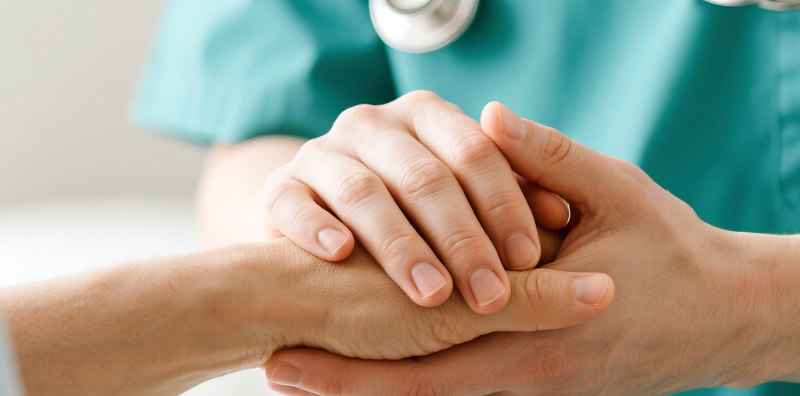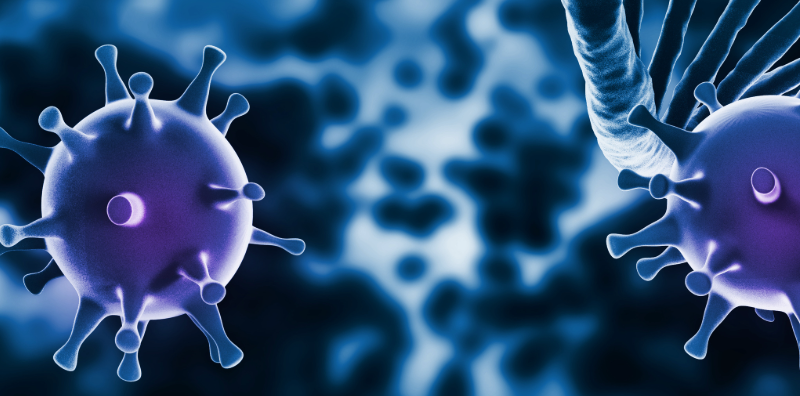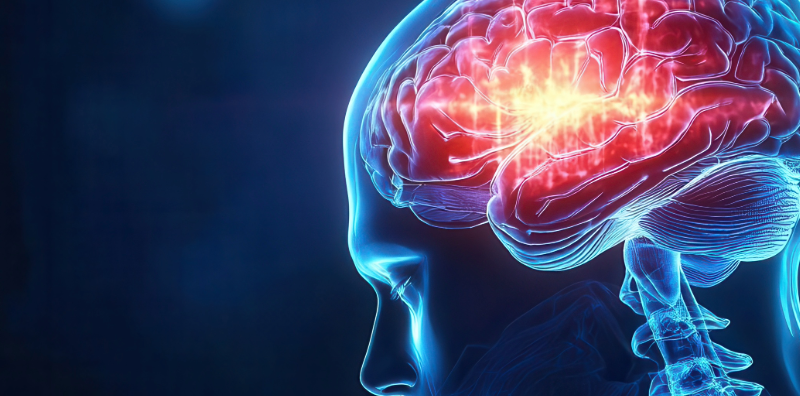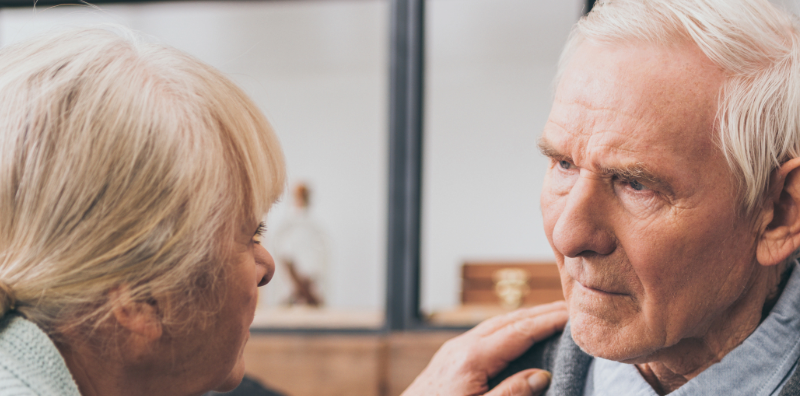Of all the questions about aging, inquiries about putting on weight as you get older is one of the most commonly asked. A typical answer from medical experts is that “it’s complex” – shorthand for “I don’t know.” And if they don’t know, then how can they help their patients? Well, let me simplify the answer for you, because aging doesn’t mean you need to put on extra weight.
Fat cells are necessary: They keep you warm
First, let’s start with some background on fat cells. Fat cells have one primary purpose, which is to store fat and then release it for future energy production. Most of that energy simply keeps the body warm at 98.6 degrees. Prior to birth, the mother is doing most of the work to keep the fetus warm. After delivery, the newborn child has to keep themselves warm. This is why the number of fat cells tends to triple in the first six years of life, and then stabilize until the child reaches adolescence. Once you reach adolescence, your hormones start changing the game.
In females, an increase in estrogen causes the formation of new fat cells, as well as filling up existing fat cells with more fat on the hips, buttocks and breasts. This extra fat represents a potential energy reserve for lactation in case of pregnancy. Once adolescence is over for females, the formation of new fat cells and their increased filling virtually stops. This is why at age 25, females will have about twice the percent body fat and more fat cells than males.
The increase in testosterone in males will not increase new fat cell formation. After adolescence, the number of fat cells in both males and females remains about the same. Although the number of fat cells remains relatively constant for the rest of your life, the amount of fat that each one contains can be highly variable. This variability is a result of either aging, resulting in the decrease of estrogen or testosterone, or increasing levels of insulin resistance caused by increased inflammation. In either case, those unfilled fat cells start filling up.
It may not be the carbs, but inflammation that’s the culprit
The real reason for increased fat gain after age 25 is increased insulin resistance. This condition is caused by increased inflammation in your insulin-sensitive cells, making it difficult for insulin to communicate its metabolic message to the interior of its target organs in the liver, muscles, and adipose tissues. This increasing insulin resistance forces the pancreas to produce even more insulin to try to get into the target tissues to respond. As a result, insulin levels rise in the blood and stay constantly elevated. In the case of fat cells in the adipose tissue, these constantly elevated insulin levels drive circulating fat into your existing fat cells as well as block the release of stored fat.
In essence, excess insulin caused by insulin resistance not only makes you fat, but also keeps you fat.
Contrary to popular thinking, carbohydrates don’t per se increase insulin, because insulin levels will rise and fall naturally when you eat carbohydrates as long as you don’t have insulin resistance. However if you have insulin resistance, then the levels of insulin in the blood will remain constantly elevated. The result is you will have increased fat deposition into your existing fat cells. What causes insulin resistance is not carbohydrates, but increased inflammation.
Even if you aren’t gaining weight, you’re still probably getting fatter
Why do we gain more fat as we age? The hypothalamus in the brain controls your energy-balance system which normally keeps your weight constant. This is known as your “genetic set point.” Consider the hypothalamus as a weight control thermostat. However, the same inflammation that causes insulin resistance can also disturb that weight control thermostat in your brain. If it does, then any excess calories that you eat will be accumulated as extra body fat.
Typically, you gain about 1% of your body weight as additional fat each year after age 25. It only takes a 0.5% change in the weight control thermostat in the hypothalamus to cause that fat gain. That doesn’t seem like much, but if you weigh 180 pounds, that means you may be adding potentially 36 pounds of extra fat in 20 years unless you watch your calorie intake like a hawk and maintain an active exercise program. Virtually no one does after age 25 because life gets in the way.
Yet, although your body fat may be increasing, your weight might not change over the years because you are also losing muscle mass. Thus, your weight on the scale remains the same. This is when you’ll begin to notice a change in your body composition by the fit of your clothes. This is why measurements like BMI that are based on weight are relatively poor markers of obesity, while my Body Fat Calculator will give you a more true measurement on your muscle vs. fat composition. Once you reach 25% body fat as a male or 35% body fat, as a female you can consider yourself obese regardless of your BMI.
News flash: Being obese is not necessary unhealthy
You heard it right. Simply being obese is not necessary unhealthy – as long as much of the extra body fat is subcutaneous fat under the skin, as opposed to visceral fat (i.e. belly fat). While there is a significant biological benefit of subcutaneous fat for females for pregnancy, it has little adverse effect on your metabolic health. This is why about 15% of obese individuals fall into the category of “metabolically healthy obese.”
In contrast, while it may taste good getting there, having a beer belly is not healthy. When you start seeing fat accumulate in your abdomen, you have visceral fat also commonly referred to as a “beer belly.” Visceral fat, unlike subcutaneous fat, has nothing but adverse health effects. In particular, the higher the level of visceral fat, the more likely you will be to develop future chronic diseases such as metabolic syndrome (pre-diabetes), fatty liver, diabetes, and heart disease. So what causes you to accumulate visceral fat instead of subcutaneous fat as you age? If you guessed a combination of hormones and inflammation, you would be correct.
Hey Guys: Boosting testosterone doesn’t need to weigh you down
We’ve known for more than 25 years that visceral fat in males is correlated with decreased levels of testosterone and increased insulin resistance.
Reducing insulin resistance is hard because you have to reduce inflammation and that requires following an anti-inflammatory diet for a lifetime. On the other hand, increasing testosterone is easy if you are using a drug. This helps explain why prescription sales of testosterone supplements increased more than 500% from 1993 to 2000. Today, testosterone supplement sales are greater than $2 billion dollars per year in the United States, and are estimated to reach $5 billion dollars per year by 2020.
There are three reasons why men take testosterone supplements:
- To get stronger
- To lose visceral fat
- To have more sexual vitality
But do testosterone supplements actually work? Science can answer that question.
In experiments where a condition of low testosterone levels (aka “low T”) was created in healthy young men with normal testosterone levels, and then their testosterone and estrogen levels were modified separately, increased testosterone levels increased muscle mass and strength. However, fat gain is actually due to deficiency in estrogen production, not lack of testosterone. As for sexual vitality, you need a combination of both testosterone and estrogen. So what’s a guy to do? All of this illustrates that controlling body fat in males is a little more complicated than just supplementing with testosterone.
In men older than 65 and with “low T,” in experiments where their testosterone levels were elevated to those of 30 year-old men, there were significant benefits in sexual function. However, existing erectile dysfunction drugs did a better job than testosterone supplementation. Increased testosterone did minimal benefits in mood and depression, and no benefit in leg strength (measured by distance they could walk in 6 minutes), nor on their vitality. Not very encouraging results.
I am sure these relative pathetic results will not negatively affect testosterone sales. Why? This is just another case on how drug marketing hype trumps real science.
Hey Ladies: Estrogen may make you look younger, but there’s a price
What about estrogen for women to reduce visceral fat? Visceral fat is not associated with estrogen deficiency, but with an excess of free testosterone. Most of the testosterone and estrogen in both men and women is bound by sex hormone binding globlins (SHBG) that control the levels of the free hormone that can interact with its receptors. Therefore, as levels of SHBG decrease, there is an increase in free testosterone in women. This helps explain why oral estrogen supplementation made women look younger, because the oral estrogens increased SHBG levels and that caused a decrease in free testosterone. As the free testosterone levels in women taking oral estrogens dropped, so did their levels of visceral fat. The end result, they looked younger. Of course, taking prescription oral estrogens increase your likelihood of cancer, but many consider that a small price to pay for looking thinner and younger.
Forget hormone supplements and focus on reducing insulin resistance
If taking prescription estrogen is not the answer to reducing visceral fat in females, then what about going back to reducing insulin resistance by the diet? That approach works. The elevated insulin coming from insulin resistance causes a decrease in SHBG levels in females. Bottom line: if you reduce your insulin levels, you lose fat. This is true for both males and females.
The only way to reverse insulin resistance is to follow an anti-inflammatory diet.
We hear a lot about insulin resistance, but very little on how to reverse it. Yet, you can improve your insulin resistance in just a few days of significant calorie restriction (about 1,100 calories per day). The only problem is that you have to do this for lifetime without hunger or fatigue, and reducing calories by that much forever will make you starve to death, right?
The best way to reduce insulin resistance remains an anti-inflammatory diet like the Zone Diet. This means a calorie-restricted diet that is protein-adequate, moderate in carbohydrate, and low in fat especially pro-inflammatory fats such as omega-6 fatty acids and saturated fats like palmitic acid. Using Zone Pasta as your primary protein source for your Zone meals makes it easy to follow for a lifetime, and our recent clinical trials strongly supports that statement. And guess what? You’ll never be hungry.
Say goodbye to beer bellies and cellulite
Other benefits of reducing insulin resistance include a decreased likelihood of diabetes, heart disease, and Alzheimer’s. Yet, most men remain more concerned by their beer bellies, while women remain concerned by their cellulite – because this weight can be seen in the mirror right now.
Cellulite appears when fat cells in the subcutaneous area like the buttocks expand and push through the dermis giving a puckering effect to skin. You see this protrusion because the skin that surrounds the buttocks is thinner than the skin that surrounds the abdominal area. This is why males and females with a beer belly don’t have cellulite in the abdominal region, but with a little effort (like packing on more pounds), men also can develop cellulite.
The solution to both cellulite and beer belly is the same: The Zone Diet.

References:
- Sears B and Perry M. “The role of fatty acids in insulin resistance.” Lipids Health Disease 14:121 (2015).
- Finkelstein JS et al. “Gonadal steroids and body composition, strength, and sexual function in men.” N Engl J Med 369: 1011-1022 (2013).
- Synder PJ et al. “Effects of testosterone treatment in older men.” N Engl J Med 374611-621 (2016).
- Sears B. The Anti-Aging Zone. Regan Books. New York, NY (1999).
- Janssen I et al. “Testosterone and visceral fat in midlife women.” Obesity 18:604-610 (2010).
- Serin IS et al. “Long-term effects of continuous oral and transdermal estrogen replacement therapy on sex hormone binding globlin and free testosterone levels.” Eur J Obstet Reprod Biol 99:222-225 (2001).
- Onat A et al. “Serum sex hormone-binding globulin, a determinant of cardiometabolic disorders independent of abdominal obesity and insulin resistance in elderly men and women.” Metabolism 56:1356-1362 (2007).
- Akin F et al. “SHBG levels correlate with insulin resistance in postmenopausal women.” Eur J Intern Med 20:162-167 (2009).
- Winters SJ et al. “Sex hormone-binding globulin gene expression and insulin resistance.” J Clin Endocrinol Metab 99:E2780-2788 (2014).
- Markovic TP et al. “The determinants of glycemic responses to diet restriction and weight loss in obesity and NIDDM.” Diabetes Care 21:687-694 (1998).





